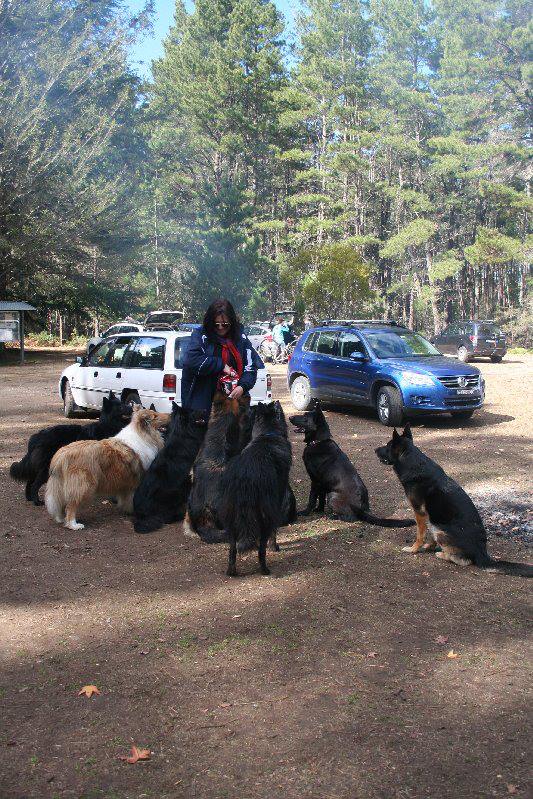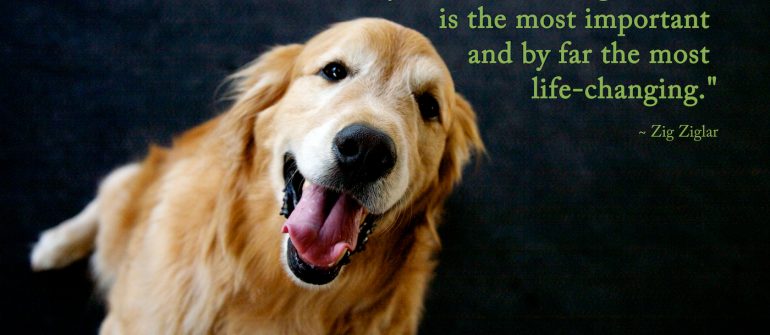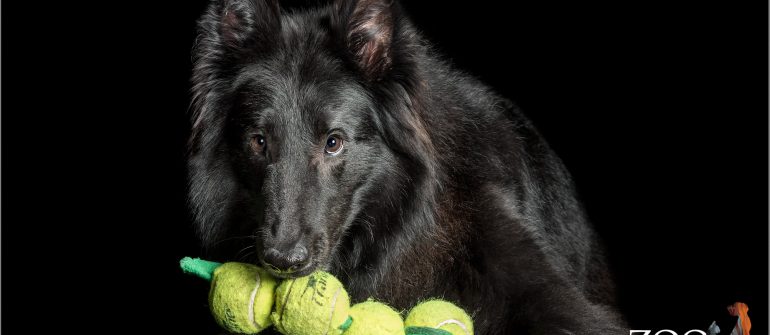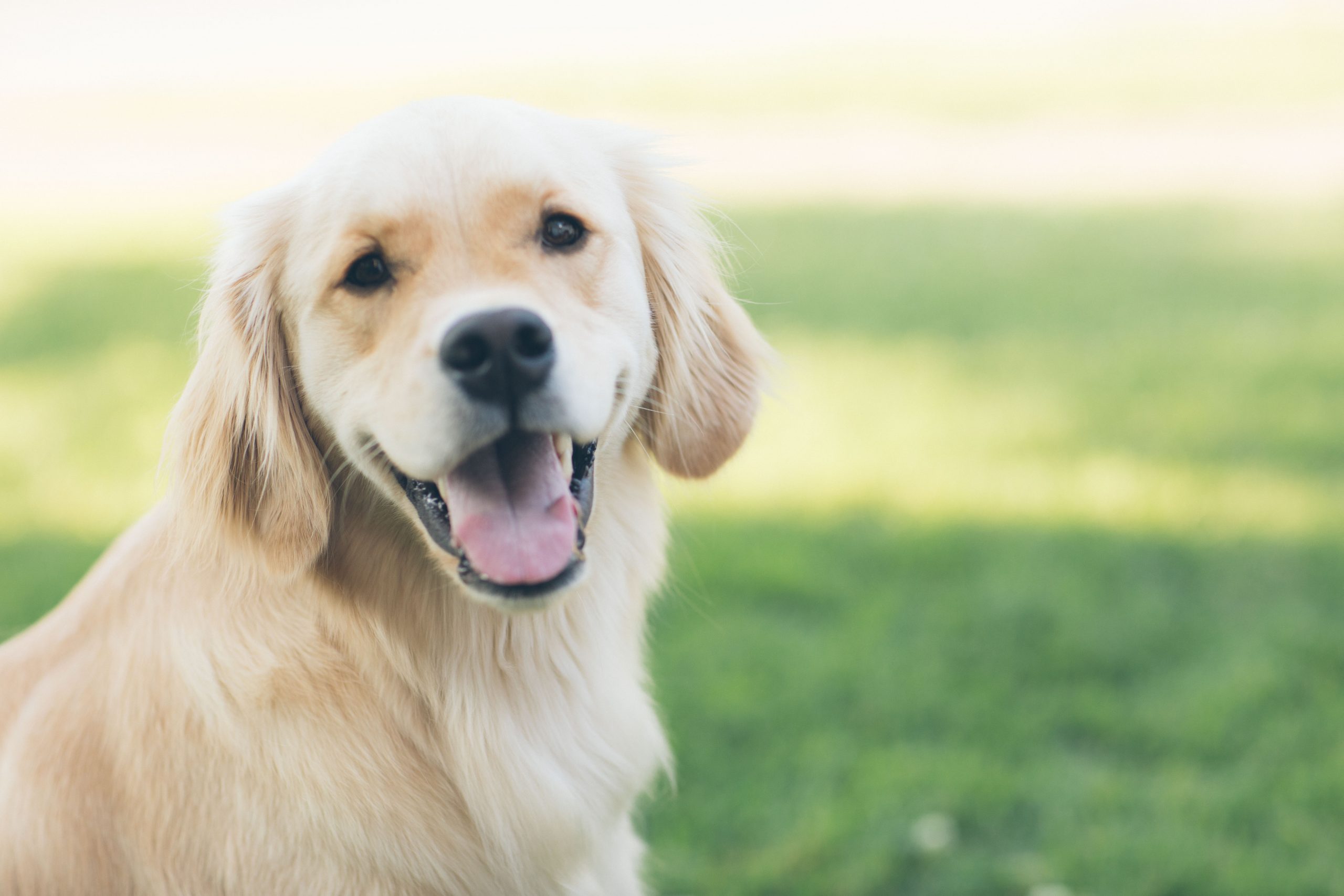Pack or family
We have believed for many years that dogs adhere to and live their lives according to the pack structure of dominant hierarchy. The pack theory of dominant hierarchy has long been a practiced and proven method of communicating with dogs. In our attempt to achieve understanding with our dogs, we structure their training and behavioural reasoning to correspond to this theory.
A little bit of history
The pack theory of Dominant Hierarchy came into existence between 1930 – 1940 when two Swiss scientists studied a pack of Zoo wolves living together. They observed that the most assertive male and female wolf within the pack form a pair. Between the two, there is no question of status or rank. With control and repression of others in the pack – males vs male, and female vs female – this pair defends their social position. The scientists concluded that wolves who live in the pack are in constant competition to achieve dominance. They fought each other for higher ranking. The “winner” was considered the “alpha wolf” or “leader of the pack”, in which all other wolves respect and follow. Several other studies took place shortly thereafter which supported their findings.
Similar hierarchies are present in many animal “packs” – not just the wolf. It is particularly evident in animals with obvious social groupings such as primates, dolphins, several types of birds, elephants, hens, etc. The hierarchy is a “pecking order” innately understood within the groups.
In the 1960’s Dr. David Mech, a renowned scientist and wolf expert, studied wolves in the wild as part of his PhD thesis. The outcome of his study was the publication of his book in 1970 entitled, “The Wolf” that totally supported the early alpha and domination theories of the two Swiss scientists. Years later, after further study and observation of wolf packs, Dr. Mech literally changed his mind. In 2000, he wrote a paper that was published in the Canadian Journal of Zoology which reads that the wolf dominance pack theory is totally misleading, based on the fact that the Swiss study was limited to the behaviour of wolves living in a zoo. “Attempting to apply information about the behaviour of assemblages of unrelated captive wolves to the familial structure of natural packs has resulted in considerable confusion. Such an approach is analogous to trying to draw inferences about human family dynamics by studying humans in refugee camps.” (quote by David Mech, 2000) To explain his new position, Mech claims that a pack of wolves in the wild is nothing other than a “family”. Simple family dynamics are responsible for the pack structure, which points to the “dad” and “mom” as what would be considered “alpha”, and the “children” following, learning from, and respecting their parents. Dr. Mech points out that unrelated wolves forced to live together in captivity causes tension and fighting, which is the reasoning behind the more antagonistic findings of the earlier study.
Dr. Mech’s paper was a turning-point for believing, whether or not, the pack theory of dominant hierarchy really exists. It has now been debunked by many dog professionals. Confusion exists as people debate the social interactions of dogs and how they learn. To the same extent, people ask, is the domestic dog really all that similar to wolves in a pack? Does the dog even recognize the pack structure in this day and age? The question has even become, did the dog really descend from the wolf?
is dominance dead
I guess a good place to start looking for answers is by determining whether or not we believe that dogs actually descended from the wolf. Due to their more trusting, dependent nature, a true domesticated dog could not have survived in ancient day. I think we would all agree to that. It is likely, and most widely accepted by historians, archaeologists and geneticists, that the dog is a decedent of the grey wolf. Then throughout history wolves were domesticated to coexist with humans. (We just summed up years and years of research into one paragraph… perhaps a subject for a future blog.) For our purposes, we just need a place to start and that is the most logical, right?
Now, let’s assume for a minute that Dr. Mech was correct in his final opinion that wolves do not live in unrelated packs, but rather in families. His reasoning that unrelated wolves forced to live together creates tension and confusion is logical. His conclusion that family dynamics are responsible for creating what we would refer to as a pack structure is believable. If you continue to read Dr. Mech’s research, he does state that unrelated wolves will sometimes join another “family” of wolves. When that happens, these unrelated wolves blend in and submit to the leadership of the parent, until perhaps mating with the parent’s offspring and starting a pack of their own. This all makes sense. So, after we boil it down, what type of “assemblage” are we left with? An “order”, a ranking, dare I say, a hierarchy? The issue here is not so much the terminology… whether it be “family”, “pack” or “hierarchy”, but rather what it suggests. Stronger, more assertive, wolves lead their pack. The more submissive members follow.
When you are in the company of dogs as I am at home with a pack of 9 that was once 17, we witness the dominance hierarchy in action every single day. At home I can observe the dogs “grouping” themselves during play. As recent as 2011 the
first quantitative study on dominance relationships at Doggie Day Care was written. The author confirms what I know to be true. If you watch the dogs play, there are generally two dogs as the primary players (the alpha couple?). Other dogs will skirt the primary players, trying to join in, each jockeying for position or forming smaller play groups. The results of this study “suggests that dominance is a robust component of dog-dog relationships.”
The many successes I see in our training programs is further evidence that our dogs seek leadership roles in their lives… a leader, an alpha. They look to us for guidance and find security and confidence in our care. They like knowing where they stand. Proper training creates the structure that dogs expect.
PACK LIVING
To some, the dominance theory suggests an aggressive method of communicating with and training our dogs. As with any doctrine or precept, some people take the “dominance” part of the equation to the extreme. They have twisted the concept into believing that we must overpower, intimidate, or subjugate dogs into submission. The application being that the dog trainer or owner must declare himself as alpha/ leader by force so that the dog will instinctively understand and obey. In fact, this extreme, irrational thinking has much to do with how the dominance theory lost its popularity amongst many dog professionals. In response, strictly positive, rewards-based training techniques were developed.
But is it true that the dog trainer or owner must declare themselves as alpha/leader so that the dog will instinctively understand and obey? Yes. The controversy is in how you go about it. Forceful attempts to training and controlling a dog could not be further from reality.
Dogiology Dog Trainers use what is referred to as a “balanced” or “blended” training method. Balanced means that we use both rewards-based and correction in training. 
Rewards-based training is easy to understand. The dog is rewarded with treats, cheers, praise, petting and play, for doing the right thing. Good behaviour is reinforced so that it will be repeated and strengthened. But what if the dog continues to do the wrong thing? Then they are gently corrected by our trainers. The dog learns that there are consequences for doing the wrong thing. There are some who have made the erroneous assumption that “correction” training is training by hostile methods and is in direct relation to the dominant hierarchy blueprint for establishing alpha. In truth, correction is in no way a method of harshly reprimanding or physically harming your dog in any way. Correction should always be performed with empathy and kindness. The goal is to modify the behaviour without violating the dog’s trust.
Let me say a few things about “correction” training… What if you have a child that acts badly? If they are not corrected, they will continue this behaviour. Why not? If there are no consequences for doing the wrong thing, why should they do the right thing? By correcting a child or a dog, we teach them that there are rules. There are boundaries they should not cross. We set parameters for their life. This is how you learn right from wrong. Both children and dogs need this. When dogs understand right from wrong, they will choose to do the right thing out of a desire to please their owner, not because they are afraid they’ll be corrected in some way. Doesn’t that make sense?
Dominance is not a pretty word. The mere mention of the word conjures up visions of dog fights and power-plays. Is aggression and intimidation a characteristic of a dominant dog? Of course! We can’t play ignorant to the fact that some dogs fight. Shows of aggression do sometimes occur when dogs engage in hierarchy grouping. Besides that, we are talking about animals… Sometimes we forget that fact. What makes us human is our ability to gain alpha status with our dogs in a more “civilized” and loving manner.
Contrary to popular belief, there are many good characteristics of being a dominant alpha. An alpha wolf treats its members with kindness, fairness and generosity. Some say they’re even affectionate with their pack. He’s like a dad… strong to defend or protect, but gentle to guide and nurture. He’s calm and confident. Leaders stand tall, they are calm and authoritative. They allude confidence. They are firm yet gentle and loving. These are characteristics that motivate the pack to follow his lead. Are you a true leader to your dog?





